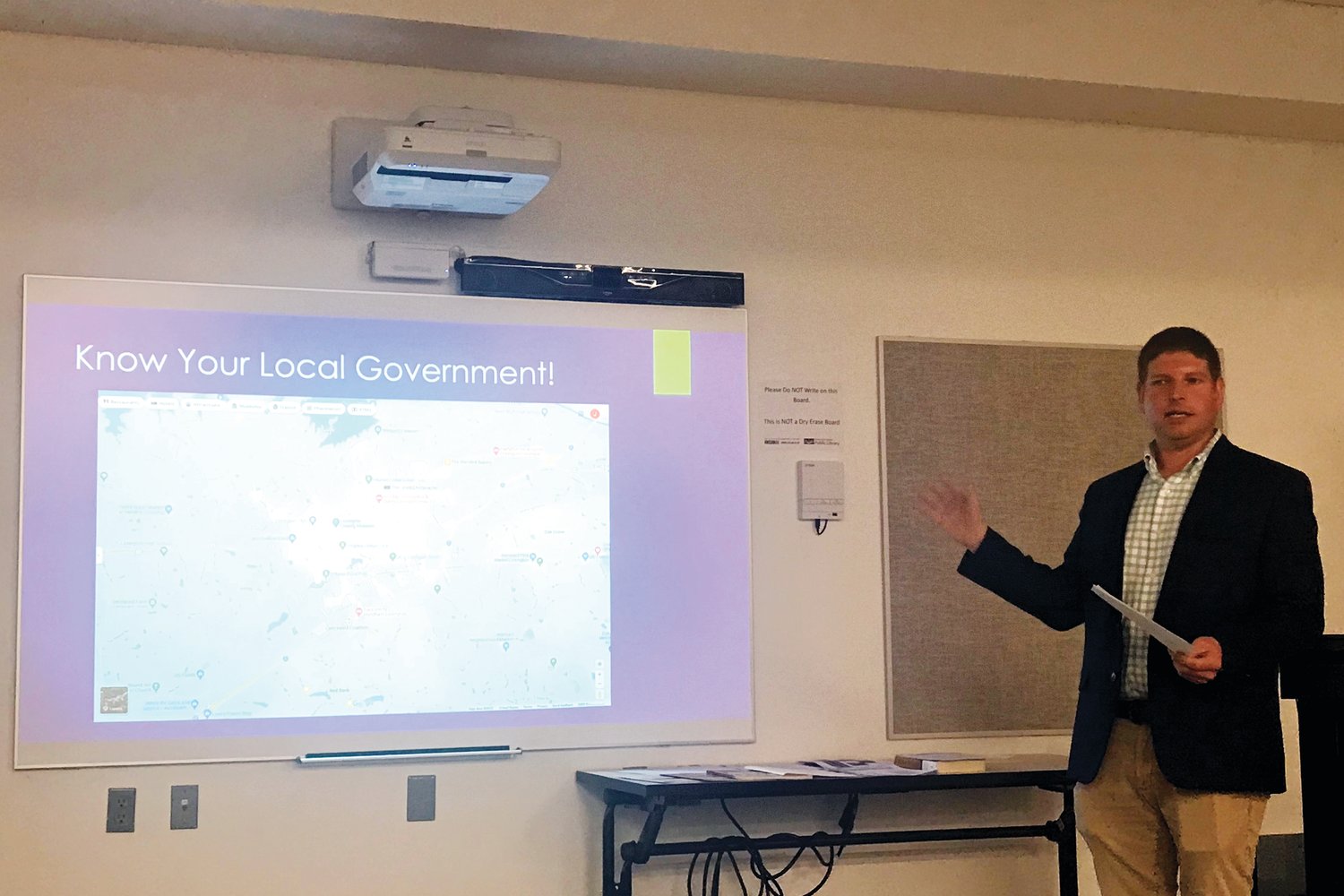Lexington County Museum Director Presses for Historic Preservation
If Lexington County residents want to help preserve buildings, structures and even cemeteries within the county, it’s up to them to take action.
The Lexington County Museum Director J.R. Fennell stated that while the town of Lexington has an active Historic Preservation Board, the county has no board or ordinance in regards to historic preservation.
“If you are interested in saving some of the historic structures in Lexington, you need to have a county wide ordinance or some sort of process put into place to ensure structures are saved. County council has to write the ordinance,” Fennell said during a discussion at the Lexington County Library on historic preservation in Lexington County.
On the local level, ordinances are meant to protect, preserve and enhance the architectural and cultural heritage of buildings or structures. Citizens can contact their local county council representative by visiting the Lexington County website and clicking on the county council tab.
As for the town’s Historic Preservation Board, it promotes the purposes of historic preservation, reviews and recommends the designation of individual historic properties and districts, reviews plans and applications for construction within designated historic districts according to the town’s website.
The board meets the second Tuesday of every month at 5:30 at Lexington Town Hall.
“The local government is where any changes to buildings has to go through,” said Fennell, who also mentioned there are nonprofits across the state who may help with grants. Preservation South Carolina is one Fennell mentioned that accepts easements and may be able to help out.
People can look up property to see whether the property they wish to preserve is within town or county limits to know whether to contact the town’s board or county council.
While there is not a county ordinance regarding historic preservation, there is something in place on a federal and state level which can help keep homes, businesses and structures safe to an extent. The National Register of Historic Places was created as part of the National Historic Preservation Act of 1966.
“Structures or buildings or cemeteries have to be older than 50 years and have to have national, statewide or local significance. It’s supposed to be something that adds importance or significance,” Fennell said.
Districts can also be nominated. Oftentimes cities and towns have historic zones or districts which protect historic buildings.
Batesburg-Leesville and West Columbia are the only cities in the county that have historic districts recognized by the State Historic Preservation Office.
Fennell explained that with districts, not every building in the district is always historical, with some considered contributing while others are seen as non-contributing.
Having a district or building recognized on the National Register of Historic Places can help with revitalization, tax credits and sometimes grants. It also means that the federal government can’t take ownership of the building.
Fennell said this is the extent of any preservation or protection offered.
Those interested in helping the process along can start by filling out forms online or going to the state historic preservation office to nominate a piece of property.
Keywords
Lexington county museum, j.r. fennel, midlands historic preservation, sc landmarksOther items that may interest you







Comments
No comments on this item Please log in to comment by clicking here